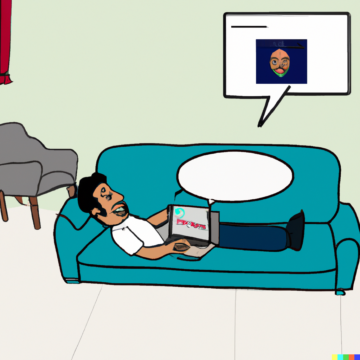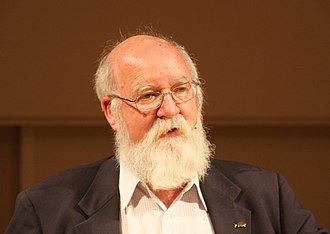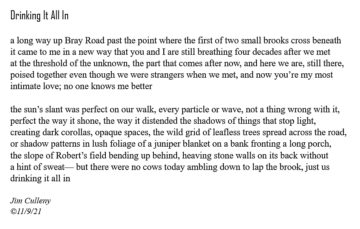by Ada Bronowski
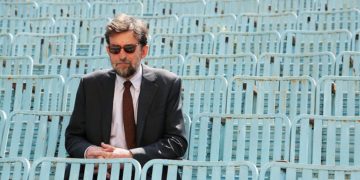 Nanni Moretti has always been a melancholic in denial. Perhaps more than any other film-director raised on the French New Wave – born in 1953, shooting his first short in 1973 – Moretti has been turning around the question that François Truffaut posed as a key to the seventh art: is cinema more important than life? But where for Truffaut, or Rossellini, as for many amongst their long and glorious lineage (from Spielberg to Tran Anh Hung) the dilemma has been between a painful reality full of obstacles on one side and a ‘harmonious’ path where ‘there are no traffic jams’ (to speak like Truffaut in his 1973 Day for Night), on the other – in other words, where cinema is the path of escape towards a world where dreams (or nightmares) come true – for Moretti, it is the dilemma itself which is the essence of cinema.
Nanni Moretti has always been a melancholic in denial. Perhaps more than any other film-director raised on the French New Wave – born in 1953, shooting his first short in 1973 – Moretti has been turning around the question that François Truffaut posed as a key to the seventh art: is cinema more important than life? But where for Truffaut, or Rossellini, as for many amongst their long and glorious lineage (from Spielberg to Tran Anh Hung) the dilemma has been between a painful reality full of obstacles on one side and a ‘harmonious’ path where ‘there are no traffic jams’ (to speak like Truffaut in his 1973 Day for Night), on the other – in other words, where cinema is the path of escape towards a world where dreams (or nightmares) come true – for Moretti, it is the dilemma itself which is the essence of cinema.
Film is a fact not a possibility. As such, the world of film-making, from its fabrication to the way “these people” are and speak is part of everyday life. In a Moretti film, it is completely normal for the characters to walk down a street and pass by a film crew setting up for a shoot, to comment on it, walk in and out of a scene. Films in the film are the norm: sometimes we see the shoot and sometimes we hear a shoot is taking place. With Moretti, what is in the frame and what is out of the frame is always arranged so as to give us the impression of mere chance: when we see in the frame first a group of high school kids plotting to occupy their school (and therefore think the occupation is the drama) in Ecce Bombo (Moretti’s second film from 1978), and then realise, because the camera moved back a little, that the older brother of one of the kids, played by Moretti himself, is staring at the group barely hidden behind the door, only to then, through a further retreat of the camera, see that Moretti’s father is standing behind him watching his son watching his sister, it is a whole new philosophy of the camera that is put in place. A philosophy whose axiom is that the unframed life is not worth living, by Socrates-the-Cameraman. Read more »

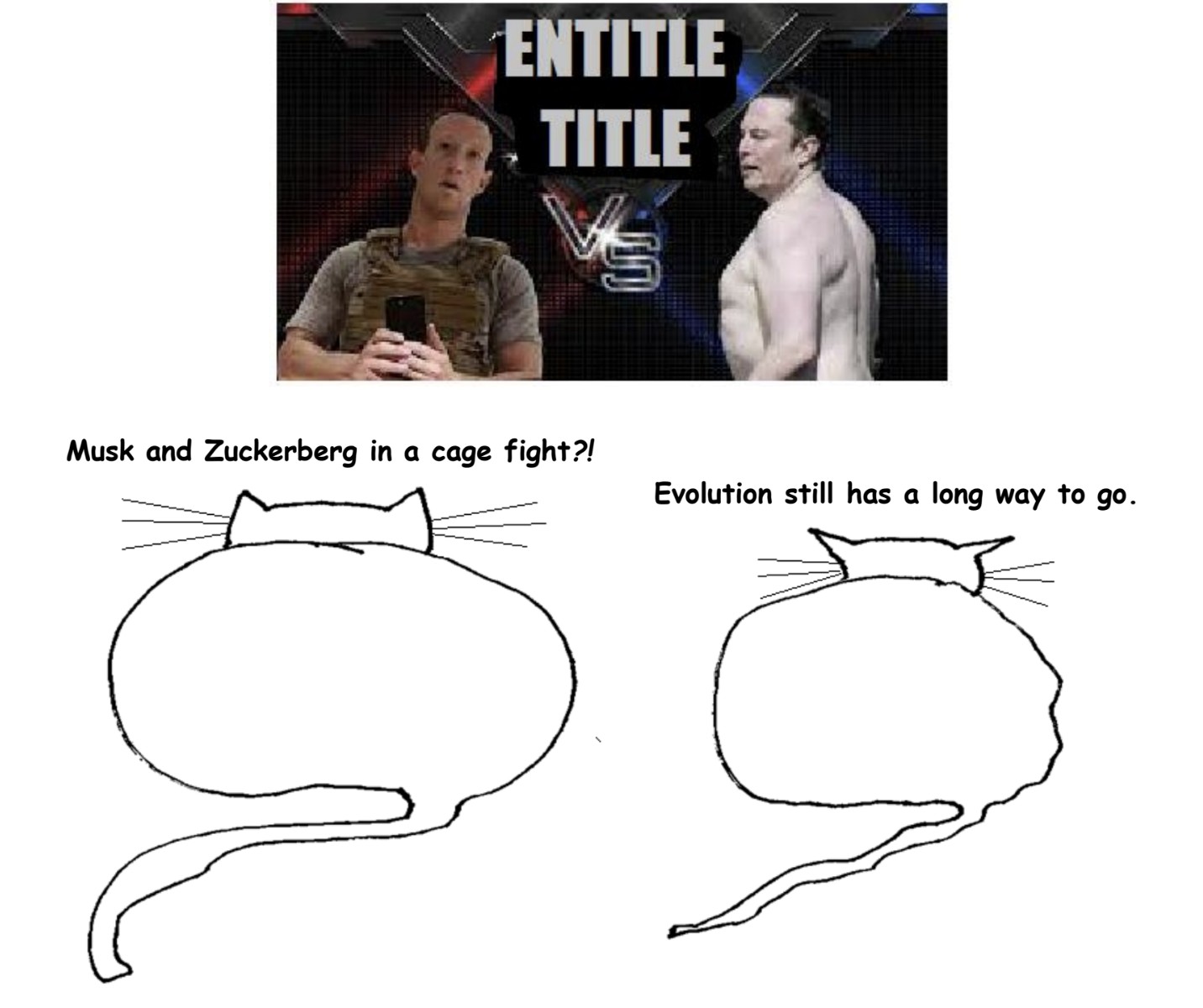



 I never heard Henry Bull, my father-in-law, claim he invented the Whee-Lo, but his proud sons have on occasion. He manufactured and distributed the toy, and made it into a nationwide sensation in 1953, just before the hula hoop and Frisbee. A curved double metal track that held a spinning plastic wheel, the gyroscopic magnetic Whee-Lo is still available for purchase, most frequently at airport gift shops. By flicking your wrist, you propel the wheel and its spinning progress down the track and back. Mesmerizing, it’s a sort of fifties’ analog Game Boy. First called the Magnetic Walking Wheel, it came packaged with six colorful cardboard discs known as “Whee-lets” that created optical illusions as the wheel spun. According to Fortune, Henry’s company, Maggie Magnetics, sold two million units its first year.
I never heard Henry Bull, my father-in-law, claim he invented the Whee-Lo, but his proud sons have on occasion. He manufactured and distributed the toy, and made it into a nationwide sensation in 1953, just before the hula hoop and Frisbee. A curved double metal track that held a spinning plastic wheel, the gyroscopic magnetic Whee-Lo is still available for purchase, most frequently at airport gift shops. By flicking your wrist, you propel the wheel and its spinning progress down the track and back. Mesmerizing, it’s a sort of fifties’ analog Game Boy. First called the Magnetic Walking Wheel, it came packaged with six colorful cardboard discs known as “Whee-lets” that created optical illusions as the wheel spun. According to Fortune, Henry’s company, Maggie Magnetics, sold two million units its first year.

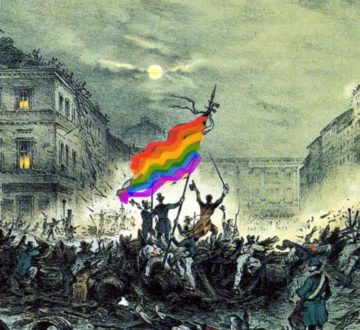


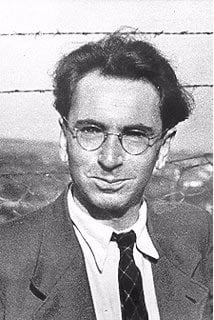 The second half of Frankl’s
The second half of Frankl’s 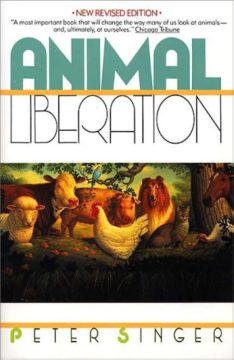 Human treatment of animals is a moral calamity at an outrageous scale, that I can get from zero to really quite worked up about in a matter of seconds. For fear of hurting the cause, I allow myself to take part in polite conversation about the dead bodies on the dinner table only if there is a more soft-spoken ally nearby. Two minutes into the conversation, when I find myself suppressing the urge to yell at a meat apologist how that kind of excuse might equally well be used to justify eating human babies, I am often grateful that there is somebody who can steer the conversation instead towards the socially acceptable topic of plant-based recipes.
Human treatment of animals is a moral calamity at an outrageous scale, that I can get from zero to really quite worked up about in a matter of seconds. For fear of hurting the cause, I allow myself to take part in polite conversation about the dead bodies on the dinner table only if there is a more soft-spoken ally nearby. Two minutes into the conversation, when I find myself suppressing the urge to yell at a meat apologist how that kind of excuse might equally well be used to justify eating human babies, I am often grateful that there is somebody who can steer the conversation instead towards the socially acceptable topic of plant-based recipes.
 We’re here early this year. June has just gotten started, and after a day or two of intermittent rain with a blustery sky and a stiff wind off Lake Saimaa, fifty degrees Fahrenheit feels a lot colder than the same back in Atlanta. I’ve just learned that it hasn’t been this cold in June since 1968. It snowed today right down the road. The paper took the laconic approach and
We’re here early this year. June has just gotten started, and after a day or two of intermittent rain with a blustery sky and a stiff wind off Lake Saimaa, fifty degrees Fahrenheit feels a lot colder than the same back in Atlanta. I’ve just learned that it hasn’t been this cold in June since 1968. It snowed today right down the road. The paper took the laconic approach and 